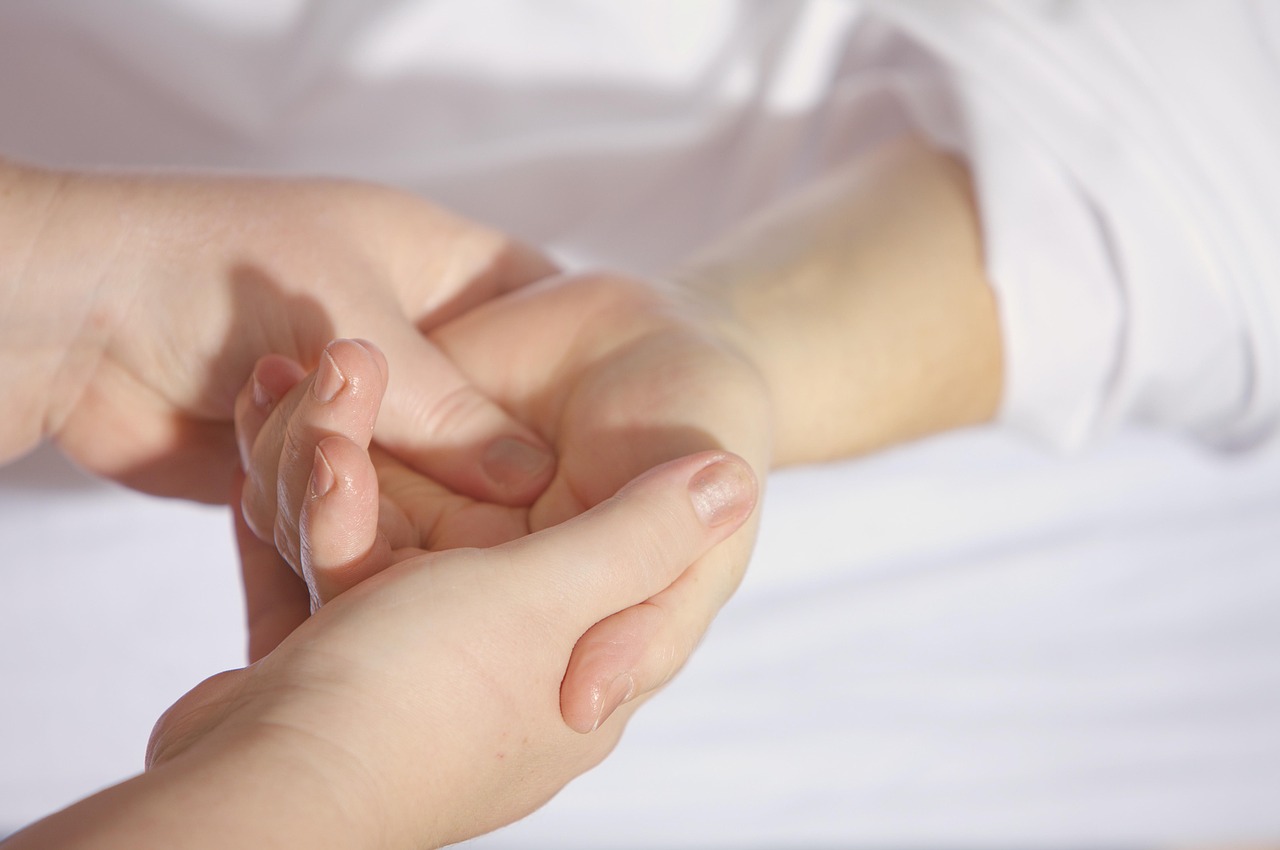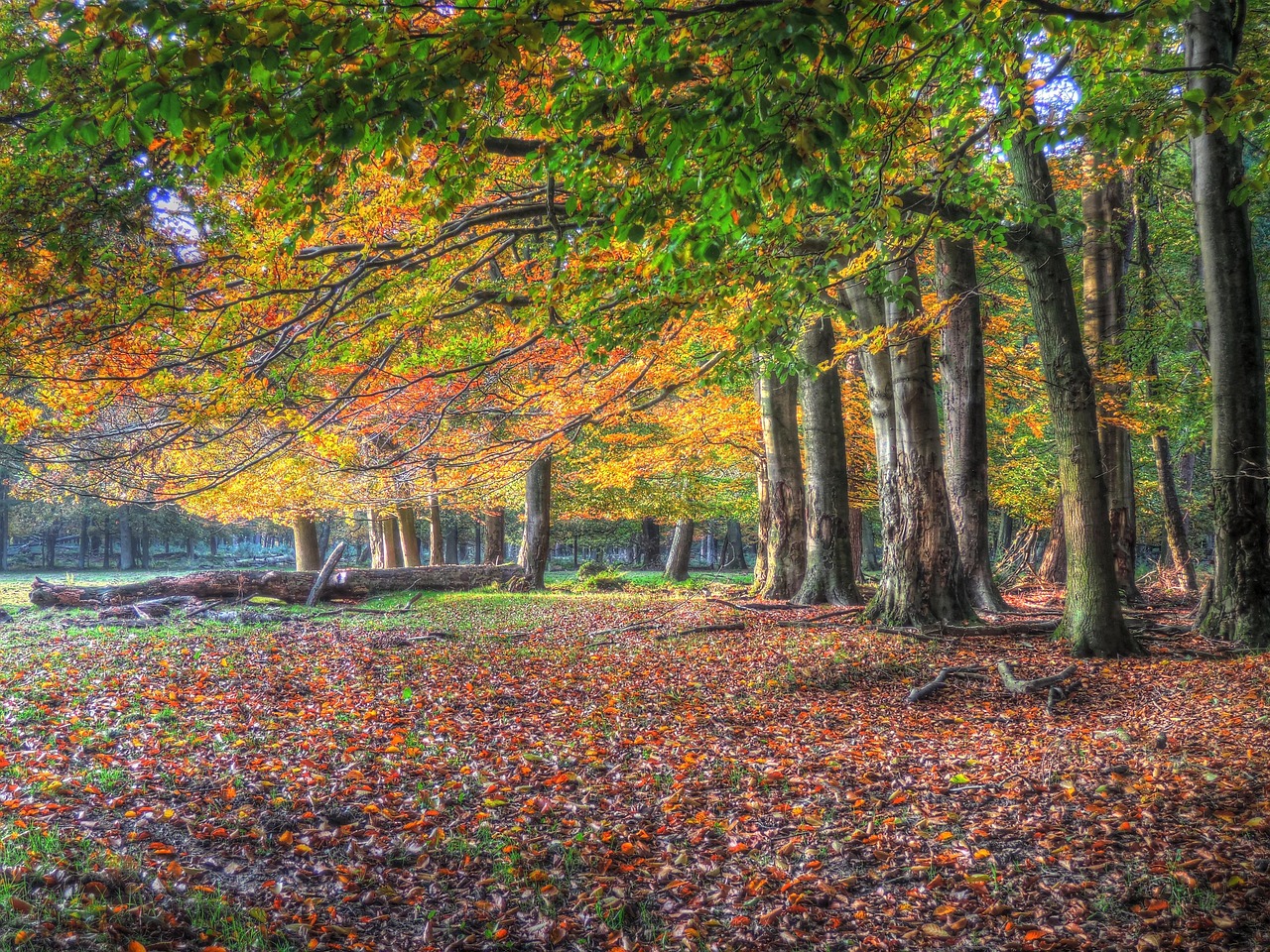To help trees recover after severe pruning, ensure proper care by watering adequately, applying mulch, and monitoring for pests. Pruning should be done during the appropriate season, and any wounds should be treated to promote healing.
Trees are vital components of our ecosystem. They provide shade, improve air quality, and enhance the beauty of our landscapes. However, there are times when trees require severe pruning. This can happen due to various reasons including storm damage, disease, or simply to control growth. While pruning is necessary for the health of the tree, it can also cause stress and shock. Understanding how to support a tree’s recovery after severe pruning is essential for its long-term health.

Severe pruning involves cutting back a significant portion of a tree’s branches. This process can lead to the loss of foliage and can affect the tree’s ability to photosynthesize. As a result, it is crucial to provide the tree with the best care possible during its recovery period. This section will provide essential tips for ensuring a healthy recovery after severe pruning.
Understanding Tree Stress and Recovery
When a tree undergoes severe pruning, it experiences stress. This stress can manifest in various ways such as wilting leaves, reduced growth, or even branch dieback. The recovery process can take time, and the tree may require additional support to recover fully. Here are some key points to consider regarding tree stress and recovery:
- Photosynthesis Impact: Removing a large number of branches reduces the surface area available for photosynthesis. This can hinder the tree’s energy production.
- Wound Response: Trees have a natural ability to heal wounds. However, large cuts may require more time and care to heal properly.
- Resource Allocation: After severe pruning, trees may redirect their resources towards healing rather than growth. This can slow down overall growth temporarily.
Understanding these factors is essential when providing care for a pruned tree. Knowing what to expect can help you manage your expectations and provide the necessary support without causing further stress.

Essential Care Tips After Severe Pruning
Proper care after severe pruning includes several steps that help promote recovery and maintain tree health. Here are some essential tips to follow:
1. Watering
Watering is critical for helping a tree recover from severe pruning. Pruned trees may require more water than usual as they work to regenerate leaves and branches. Consider the following:
- Water deeply once or twice a week, depending on rainfall.
- Avoid overwatering, as this can lead to root rot.
- Use mulch around the base to retain moisture and regulate soil temperature.
2. Mulching
Applying mulch around the base of the tree can significantly aid in recovery. Mulch helps retain moisture, suppress weeds, and regulate soil temperature. When mulching:

- Apply a 2-4 inch layer of organic mulch like wood chips or bark.
- Avoid piling mulch directly against the trunk to prevent rot.
- Refresh mulch annually to maintain its effectiveness.
3. Fertilization
Fertilization should be approached with caution after severe pruning. While trees need nutrients for recovery, excessive fertilization can do more harm than good:
- Wait at least one growing season before applying fertilizer.
- If necessary, use a slow-release fertilizer to provide gradual nutrients.
- Opt for fertilizers rich in nitrogen to encourage foliage growth without overwhelming the tree.
4. Pest and Disease Monitoring
A pruned tree may become more susceptible to pests and diseases. Regular monitoring is essential:
- Inspect leaves and branches for signs of insect infestations or disease.
- Use organic pest control methods when possible.
- If issues arise, consult with an arborist for effective treatment options.
5. Patience
Recovery takes time. It is crucial to be patient during this period. Trees often need a full growing season or more to bounce back fully from severe pruning. During this time:

- Avoid further pruning unless absolutely necessary.
- Observe the tree’s growth patterns and overall health.
- Allow the tree to establish new growth naturally.
Caring for a tree after severe pruning requires diligence and attention. By implementing these tips, you can help ensure your tree recovers successfully and thrives in the long term.
Understanding Tree Pruning Techniques
Before diving deeper into recovery tips, it is essential to understand the various pruning techniques. Different methods can significantly affect a tree’s recovery process. Here are some common pruning techniques:
- Thinning: This involves removing selected branches to increase light penetration and air circulation. Thinning helps maintain tree health while promoting growth.
- Heading: This technique reduces the length of stems or branches, which can lead to vigorous growth in the remaining buds. However, heading can result in more stress for the tree.
- Reduction: This method reduces the height or spread of a tree. It is often used for trees that have outgrown their space. Care must be taken to avoid excessive reduction, which can hinder recovery.
- Cleaning: Cleaning removes dead, damaged, or diseased branches. This method is generally beneficial and can help promote healthy growth.
Understanding these techniques can help guide proper care and management during the recovery phase. Each method has unique implications for a tree’s health and recovery.
Signs of a Healthy Recovery
As a tree recovers from severe pruning, it is crucial to monitor its progress. Recognizing the signs of a healthy recovery can help you ensure the tree is on the right track. Here are some positive indicators:
- New Growth: The appearance of new leaves and shoots is a strong sign that the tree is recovering well.
- Color Changes: Healthy green leaves indicate that the tree is photosynthesizing effectively.
- Stable Structure: A balanced canopy should start to develop as new branches grow.
- No Signs of Pests: The absence of pests or diseases indicates good overall health.
Tracking these signs can provide reassurance about your tree’s recovery process. Regular check-ins will help you catch any potential issues early on.
Common Mistakes to Avoid During Recovery
Caring for a tree after severe pruning can be challenging, and some common mistakes can hinder recovery. Here are several pitfalls to avoid:
- Overwatering: While trees need moisture, excessive watering can suffocate roots and lead to root rot. Always check soil moisture levels before watering.
- Ignoring Wound Care: Failing to treat large pruning cuts may expose trees to disease. Use wound sealants if necessary, but be cautious as some products can hinder natural healing.
- Fertilizing Too Soon: Applying fertilizer immediately after pruning can stress the tree. Wait until you see signs of new growth before fertilizing.
- Lack of Monitoring: Not regularly checking your tree can lead to unnoticed pest infestations or diseases. Stay vigilant and inspect your tree frequently.
Avoiding these mistakes will help ensure that your tree has the best chance of recovering successfully after severe pruning.
Long-Term Care Strategies
After the initial recovery phase, long-term care strategies are essential for maintaining your tree’s health. Here are some effective strategies:
1. Regular Maintenance Pruning
Once your tree has fully recovered from severe pruning, regular maintenance pruning becomes important. This includes:
- Removing dead or diseased branches annually to promote overall health.
- Thinning out crowded areas to improve air circulation and light penetration.
- Avoiding excessive pruning, as this can stress the tree.
2. Soil Health Management
The health of the soil directly impacts tree growth and recovery. Consider these soil management practices:
- Conducting soil tests to determine nutrient levels and pH balance.
- Add organic matter such as compost to improve soil structure and fertility.
- Avoiding compacted soils by limiting foot traffic around the root zone.
3. Seasonal Care Tasks
Seasonal changes bring different challenges for tree care. Implement these seasonal tasks for optimal health:
- Spring: Monitor for pests as new growth appears. Apply organic treatments if needed.
- Summer: Water during dry spells and mulch to retain moisture.
- Fall: Clean up fallen leaves and debris to prevent disease buildup.
- Winter: Protect young trees from harsh weather with burlap wraps or protective barriers.
By staying proactive in your long-term care strategies, you can support your tree’s health and longevity following severe pruning.
Special Considerations for Different Tree Species
Different tree species have unique characteristics and requirements when it comes to recovery after severe pruning. Understanding these differences can help you provide tailored care that will support their recovery more effectively. Below are some considerations for various common tree types:
1. Deciduous Trees
Deciduous trees, which lose their leaves in the fall, respond differently to pruning compared to evergreen trees. Here are some tips for their care:
- Timing of Pruning: Prune during late winter or early spring before new growth begins. This allows the tree to heal quickly when it is actively growing.
- Focus on Shape: Maintain the natural shape of the tree to encourage even growth and prevent excessive stress on any one area.
- Watch for Sap Flow: Some deciduous trees may bleed sap when pruned. While this is generally not harmful, excessive sap loss can indicate that pruning was done too late in the season.
2. Evergreen Trees
Evergreen trees retain their foliage throughout the year but can also suffer from stress due to severe pruning. Consider these guidelines:
- Pruning Timing: Late spring to early summer is often the best time to prune evergreens, as this allows for maximum growth and recovery in the warmer months.
- Avoid Heavy Cuts: Limit cuts to dead or damaged branches. Heavy pruning can lead to unsightly gaps and prolonged recovery times.
- Monitor Needle Health: Check for discoloration or needle drop, which can indicate stress. Address any issues promptly.
3. Fruit Trees
Fruit trees require careful management after severe pruning to ensure healthy fruit production. Keep these points in mind:
- Fruit Production Timing: Prune fruit trees during dormancy in late winter to avoid impacting fruit set.
- Open Center Technique: Use an open center pruning technique to enhance air circulation and light penetration, which can improve fruit quality.
- Pest Management: Fruit trees are susceptible to pests. Implement preventive measures, like applying organic pest control, especially after pruning.
Using Technology in Tree Care
Modern technology can enhance tree care and recovery strategies significantly. Here are some ways technology can be utilized:
1. Soil Moisture Sensors
Soil moisture sensors can provide valuable insights into the watering needs of your tree. These devices can help you avoid over or under-watering by monitoring soil moisture levels in real-time. Benefits include:
- Efficient Watering: Only water when necessary, conserving resources and preventing root damage.
- Data Tracking: Monitor moisture levels over time to identify patterns and adjust care accordingly.
2. Tree Health Apps
There are various mobile applications available that help monitor tree health and provide care reminders. Features often include:
- Pest Identification: Use apps that allow you to take photos of pests or symptoms for quick identification.
- Care Calendar: Set reminders for seasonal care tasks specific to your tree species.
3. Drone Technology
Drones equipped with cameras can be used for larger properties to monitor tree health from above. This technology offers several advantages:
- Aerial Surveillance: Quickly inspect multiple trees for signs of stress or disease without needing ladders or scaffolding.
- Mapping and Planning: Create detailed maps of your landscape to plan future care strategies effectively.
Community Resources and Support
Caring for trees can often benefit from community resources and support systems. Engaging with local organizations can enhance your knowledge and skills:
1. Local Arborists
Consulting with a certified arborist can provide expert advice tailored to your specific tree species and local conditions. Arborists can assist with:
- Assessing tree health and identifying potential problems.
- Providing guidance on appropriate pruning techniques and scheduling.
- Recommending products or treatments based on local pests and diseases.
2. Community Workshops
Many communities offer workshops or seminars on tree care, gardening, and landscaping. These programs provide valuable learning opportunities, including:
- Hands-on training in proper pruning techniques.
- Information about local environmental factors affecting tree growth.
- A chance to connect with fellow tree enthusiasts and share experiences.
3. Online Forums and Social Media Groups
Joining online forums or social media groups dedicated to gardening and tree care can provide ongoing support and resources. Benefits include:
- Access to a wealth of information from experienced gardeners and arborists.
- A platform to ask questions and receive feedback from a community of peers.
- Opportunities to share your progress and learn from others’ experiences.
Taking advantage of these resources can enhance your ability to care for trees effectively, particularly after severe pruning.
Additional Resources for Tree Recovery
In addition to community support and online resources, there are several other tools and materials that can greatly assist in the recovery of trees after severe pruning. Utilizing these resources can enhance your understanding and ability to care for your trees effectively.
1. Books and Guides
Numerous books and guides are available that focus on tree care, pruning techniques, and recovery strategies. Some recommended titles include:
- The Pruning Book by Lee Reich: This book provides comprehensive information on how to prune various types of trees and shrubs effectively.
- Arboriculture: Integrated Management of Landscape Trees, Shrubs, and Vines by Richard W. Harris: A detailed guide that covers tree biology, health management, and effective pruning.
- Tree Care: A Complete Guide to Pruning, Planting, and Maintenance by David L. Johnson: Offers practical advice on tree maintenance, including recovery techniques.
2. Workshops and Training Programs
Participating in workshops and training programs can deepen your knowledge of tree care. Many local botanical gardens, universities, or extension services offer specialized classes focusing on:
- Advanced pruning techniques for various tree species.
- Tree health assessment and management strategies.
- Organic pest management for maintaining tree health.
3. Professional Services
If you are unsure about the health of your tree or the best recovery practices to implement, hiring professionals can be beneficial. Consider the following services:
- Consultations with Arborists: An arborist can assess the tree’s condition and provide tailored recommendations for care.
- Tree Health Assessments: Professionals can evaluate the tree for diseases, pests, and structural integrity.
- Tree Removal Services: In cases where a tree cannot recover, professional removal may be necessary to ensure safety.
Conclusion
Caring for a tree after severe pruning is a vital aspect of maintaining its health and longevity. By understanding the unique needs of different tree species, employing effective recovery strategies, and utilizing available resources, you can significantly enhance a tree’s chances of thriving post-pruning.
Remember that patience is key during this recovery period. Trees may take time to show signs of new growth and stability. Regular monitoring, proper watering, mulching, and pest control are essential actions that can aid in their recovery. Additionally, staying informed through literature, community workshops, and professional consultations can help you navigate the challenges of tree care more effectively.
As you embark on your journey of caring for pruned trees, consider engaging with local communities and using technology to enhance your approach. The combined efforts of diligent care and community support can lead to healthier trees that will flourish for years to come.
By following these guidelines and making informed choices, you can contribute positively to your landscape while fostering a deeper appreciation for the natural beauty that trees provide. Your dedication to tree care will not only benefit the environment but also enhance the well-being of your community.
